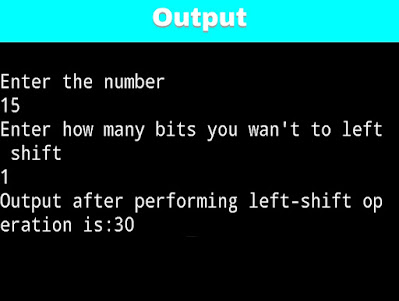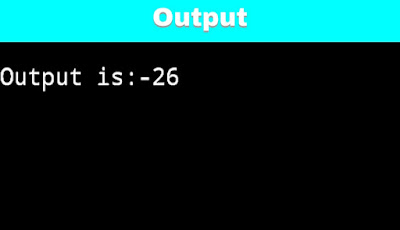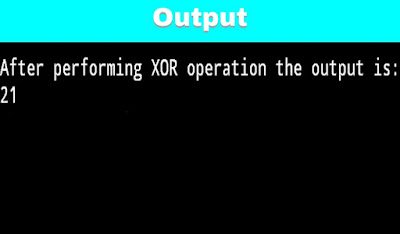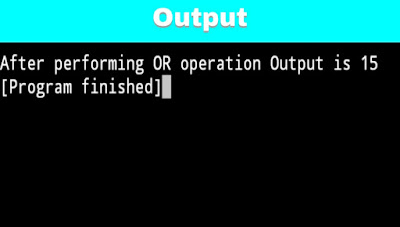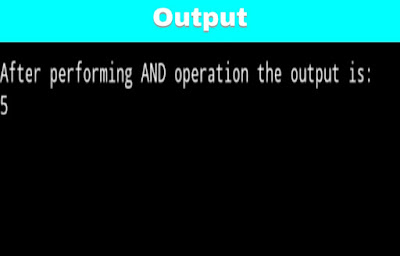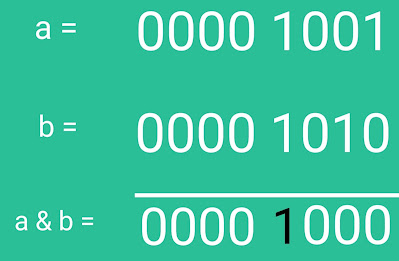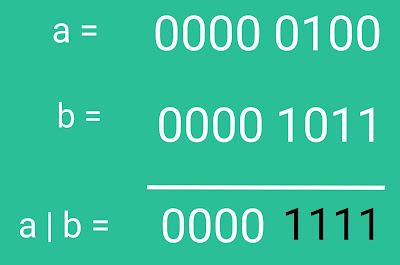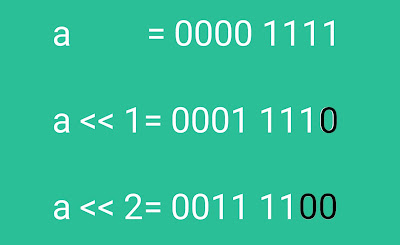EX: write a C program to perform bitwise left shift operation. How to write a C program to perform bitwise left shift operation of intiger. C program to perform bitwise left shift operation of intiger.
Input from user:
Enter the number:15
Enter how many numbers you wan't to left shift:1
Expected Output:
Output after performing left shift operation is: 30
Logic to perform left shift operation of two intiger's:
First you need to know how left shift operator works.
- It takes two numbers and left shift the bits of the first operand, the second operand decides the number of places to shift.
1. We take two intiger numbers i.e, no=15 and s=1.
Where no shows the number which you wan't to left shift and s shows the how many bits you want to left shift.
2. Binary representation of no<<s is-
no = 00001111
------------------------------------
no<<s = 000011110 =30(in decimal)3. After performing left shift operation 8 bit binary representation is 00001 1110 which is 30 in decimal.
4. So output of the program is 30.
C program using bitwise left shift :
#include<stdio.h>
void main()
{
int no,s;
printf("Enter the number\n");
scanf("%d",&no);
printf("Enter how many bits you wan't to left shift\n");
scanf("%d",&s);
printf("Output after performing left-shift operation is:%d",no<<s);
}

